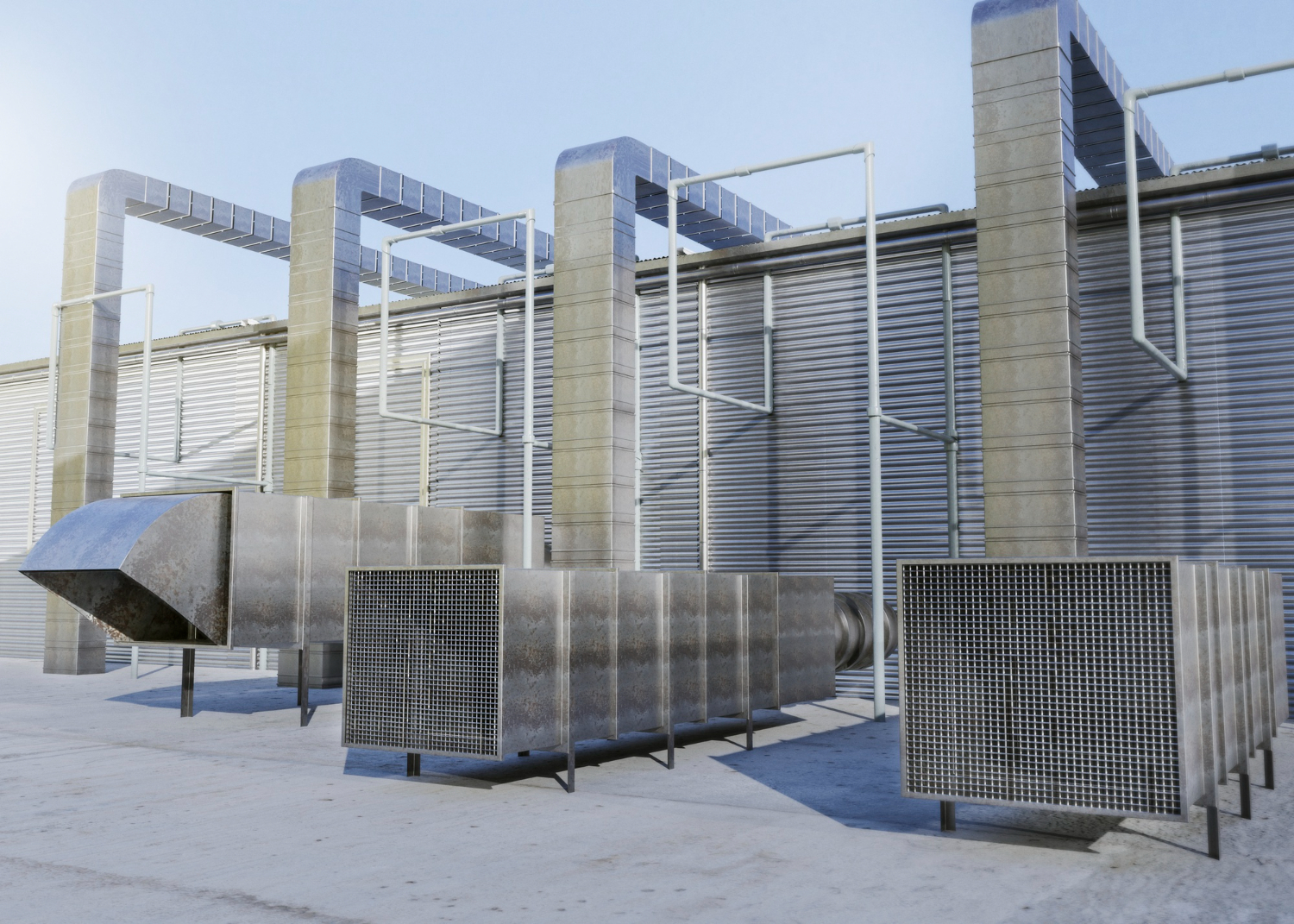
Choosing the right air ductwork affects your home’s comfort and energy bills. Working with a trusted local HVAC company helps you select between sheet metal, fiberglass, or PVC options based on your needs. This guide explains different duct materials, their benefits and drawbacks, and how to pick the best option. We’ll cover flexible vs rigid ducts, metal options, and fiberglass benefits to help you make a smart choice.
Types of Air Ductwork Materials
When picking air ductwork for your HVAC system, think about how long it will last, what it costs, and how well it saves energy. Sheet metal ducts are very popular. Made from aluminum or galvanized steel, these ducts last a long time and resist fire well. They work great for many years, but cost more to buy and install. Fiberglass ductwork costs less money. While not as strong as sheet metal, fiberglass ducts are light and easier to install. But they can break if not handled with care. PVC ducts are another choice. They don’t rust, cost less, and install easily, making them good for some jobs.
Pros and Cons of Flexible Ducts
Flexible ducts, or flex ducts, have both advantages and disadvantages compared to rigid ducts. Here’s what you should know about flexible ducts:
- Easy to Install: Flex ducts are light and bend easily, making them faster and simpler to install.
- Works Around Obstacles: These ducts can bend around things more effectively than rigid ducts, giving you more layout options.
- Can Block Airflow: Flexible ducts can bend or kink in ways that slow down airflow, making your system work harder.
Knowing these pros and cons helps you decide between flexible and rigid ducts for your home.
Advantages of Rigid Ductwork
Rigid ducts last longer and move air better than flexible ducts in HVAC systems. These ducts use materials like sheet metal, fiberglass board, or PVC to stay strong and keep their shape over time. The rigid design stops air leaks and keeps good air pressure, making sure air flows well through your system. Rigid ducts also resist damage from bugs, weather, or accidents better, making them last longer. Their smooth inside surfaces let air move easily, helping save energy. When installed correctly, rigid ducts make your HVAC system work better and last longer.
Considerations for Metal Ducts
Metal ducts are popular for HVAC systems because they last long and handle heat well. When thinking about metal ducts, remember these key points:
- Picking Materials: Choose galvanized steel, aluminum, or stainless steel based on your specific needs.
- Putting Them In: Make sure they’re installed right to stop air leaks and save energy.
- Taking Care of Them: Check and clean metal ducts regularly to prevent rust and ensure optimal airflow.
Benefits of Fiberglass Ducts
Fiberglass ducts offer several benefits for your HVAC system. They’re light, so they’re easier to install than metal ducts. The smooth inside helps air move better, which saves energy in your system. Fiberglass keeps heat in or out very well as air moves through the ducts. These ducts also resist mold growth, which keeps your air cleaner and reduces the need for duct cleaning. Fiberglass ducts give you a strong and affordable way to move air well in homes and businesses.
Choosing the Right Ductwork for You
Picking the right ductwork depends on your HVAC system needs and your home’s setup. To make a good choice, follow these steps:
- Think about cost, upkeep needs, and noise levels to pick ducts that match what matters most to you.
- Look at your space size and layout to find the best duct setup.
- Compare materials like sheet metal, fiberglass, or flexible ducts based on their durability and insulation efficiency.
Related Topics:









